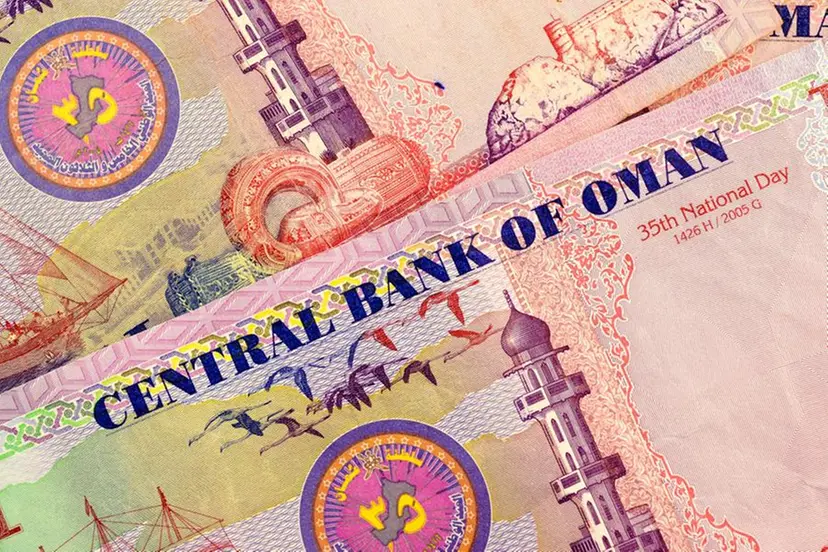Oil export revenues in Oman jumped 29% in 2023, buoyed by higher oil prices averaging $82 per barrel
Muscat: Preliminary results for fiscal 2023 show the Sultanate of Oman on track to turning around a budgeted deficit of RO 1.3 billion into a surplus of RO 931 million for the year – only the second such surplus in a decade. After successive deficits starting in Fiscal 2014, Oman recorded its first surplus in 2022 with a sizable RO 1.1 billion in additional revenue for the year.
According to well-known audit and accounting firm KPMG, it marked the first time since 2013 that a surplus budget was delivered that year – an achievement repeated in 2023 as well. “Owing to an increase in oil prices, at the end of 2023 Oman is expected to record a surplus of RO 931 million compared to a budgeted deficit of RO 1.30 billion. This is the second consecutive year Oman is expected to record a fiscal surplus since 2013. The surplus has been directed towards enhancing social spending, stimulating economic growth and liability management exercise and public debt reduction,” KPMG noted in its analysis of the 2023 State Budget.
With oil prices averaging US$ 82 per barrel in 2023 (versus a budgeted price of $55 per barrel), oil export revenues are expected to soar to RO 6.88 billion, which is up a hefty 29 per cent over the projected revenue of RO 5.320 billion for the year. Likewise, gas revenues topped RO 2 billion, entailing a robust 43 per cent increase over the budgeted revenue of RO 1.4 billion.
Alongside significant increases in tax collections, non-oil revenue and fees, actual revenues for 2023 rose 21.5 per cent to RO 12.21 billion, compared to the budgeted revenue of RO 10.05 billion. Public expenditure, on the other hand, dipped 0.6 per cent to RO 11.28 billion in 2023, compared to the budgeted expenditure of 11.35 billion.
KPMG attributed this decline to: (i) a decrease of RO 524 million in public debt servicing expenses and deferral of the implementation of the social protection system, and (ii) Increase in civil ministries expenditures and subsidies by RO 465 million. In line with well-defined commitments to paring public debt, the higher earnings from hydrocarbon export revenues were utilized to bring down Oman’s sizable debt burden to RO 15.2 billion at the end of 2023, down from 17.6 billion a year earlier.
In the upshot, the debt to GDP ratio declined to 35 per cent compared to 43 per cent in 2022. At the same time, debt servicing costs for the year declined 11.6 per cent to RO 1.06 billion, down from a budgeted RO 1.2 billion. According to the Ministry of Finance, the additional revenue also helped enhance social spending and stimulating economic growth. Consequently, allocations were enhanced towards: Oil products subsidy; Development and housing loan interest subsidies; Utility, transport and waste sector subsidies; and Social security and low income households.
Furthermore, the surplus helped boost allocations towards the health and education sectors, notably by covering the expansion of service delivery to the community. A significant number of SMEs were also exempted from paying outstanding loans owed to the Development Bank and SME Development Authority.
Additionally, to help mitigate the impact of global inflation on Omani students on international scholarships overseas, a 25 per cent increase in their allocations was instituted during the year. Besides, a further 150 international scholarships were funded during the year, taking the total to 550 for the year, the Ministry stated.
Source: Zawya



